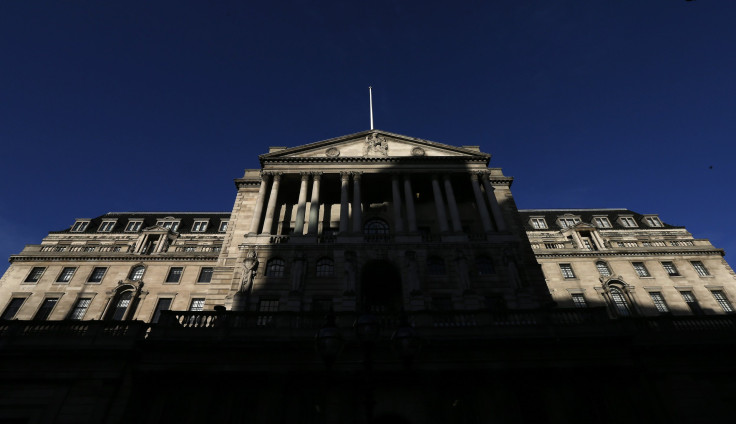Global Shadow Banking Assets Reached Record $75T In 2013: Financial Stability Board

Global shadow banking assets rose to a record $75 trillion in 2013, according to a report released by the Financial Stability Board, or FSB, on Thursday. The strongest growth among large economies was seen in China, where the sector accounted for almost $3 trillion in assets in 2013.
Shadow banking refers to activities of financial institutions that operate outside government-regulated banking systems. Following the 2008 crisis, which involved unregulated financial activities carried out by such institutions, the sector has come under increasing scrutiny. The U.S. and the euro area each accounted for a third of global shadow banking assets, followed by Great Britain with a 12 percent share and Japan's 5 percent. However, a narrower metric for measuring the size of the shadow banking sector employed by FSB revealed that China had the third-largest shadow banking sector in 2013, after the U.S. and the U.K.
“Among emerging markets, the size and rapid growth of shadow banking in China warrants particular attention,” the report said, referring to a 37.6 percent annual growth in the country’s shadow banking assets. However, the rise was a relatively moderate one compared to the 42 percent growth seen in 2012, according to the report.
“In most emerging market jurisdictions, the OFI (Other Financial Intermediaries) sector continued to grow at a well above average pace, for instance, in Argentina, China, and Turkey the exchange-rate adjusted growth in 2013 exceeded 20 percent,” the report said. “While they still represent a small share of MUNFI (Monitoring Universe of Non-Bank Financial Intermediation) assets globally, the rapid expansion of non-bank intermediation in these jurisdictions should be carefully monitored to account for any early indications of a build-up of systemic risk.”
However, China’s contribution to global shadow banking assets in 2013 was dwarfed by that of developed countries, including the U.S. and the U.K., according to the report. “Combined together, the euro area, U.S. and the United Kingdom represent 80 percent of total global MUNFI assets in 2013.” On the other hand, according to FSB estimates, the share of American shadow banking assets, calculated using a broader MUNFI metric, decreased to 33 percent in 2013 against 41 percent in 2007.
“The overriding message is that the size of shadow banking is going steadily up and banking is not. The reason is banks are being shrunk by regulation,” Simon Gleeson, a partner at Clifford Chance, a London-based law firm, told Financial Times. “However, moving activity out of banks doesn’t make it less risky -- the financial system is just becoming more brittle.”
© Copyright IBTimes 2024. All rights reserved.












